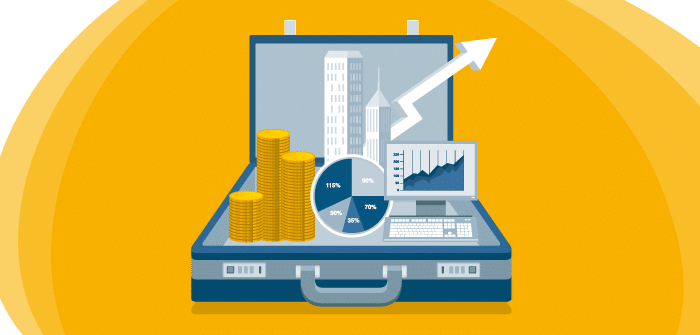Your private pension

One of the most common concerns we have about our future is whether, when we retire, we will be able to maintain our standard of living. To be a little more certain about this, it is important that you make some calculations right now and project what your future situation will be.
It is quite likely that when you have a better idea of your financial necessities and what your state pension will be, you will realise that you are going to need additional income to cover your needs. We tell you how private pensions can help you achieve this top-up amount, when you should start planning for your retirement so you will have saved what you need and which financial products are the most suitable for planning your savings.







